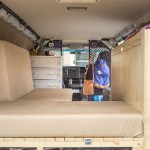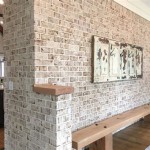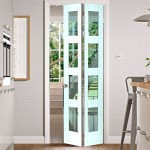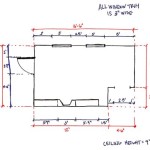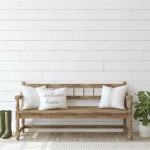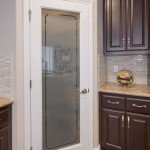Interior designers have the unique opportunity to make a space come alive. Whether it’s a home, office, or retail space, interior design is all about creating an atmosphere that is both aesthetically pleasing and functional. But where do interior designers work? In this article, we will explore the different places and industries where interior designers can be found.
Residential Spaces
One of the most common places where interior designers work is in residential spaces. This includes designing the interior of homes, apartments, and condos. From designing the overall layout and flow of a space to selecting furniture, textiles, and other decorative elements, interior designers work to create a space that meets the homeowner’s needs and personal style.
Commercial Spaces
Interior designers also work in commercial spaces such as offices, hotels, restaurants, and retail stores. In these settings, they work to create a space that is conducive to the business’s objectives. For example, in a restaurant, the designer might create an inviting atmosphere that encourages customers to stay longer and order more food. In a retail store, the designer might create an inviting atmosphere that encourages customers to browse and buy items.
Hospitality Spaces
Interior designers also work in hospitality spaces such as hotels and resorts. Here, the designer works to create an atmosphere that is both inviting and luxurious. From selecting furniture and textiles to creating a pleasant flow of the space, interior designers work to make the space both aesthetically pleasing and functional.
Educational Spaces
Interior designers also work in educational spaces such as schools and universities. Here, the designers work to create a space that is both stimulating and comfortable. From selecting furniture and textiles to creating a pleasant flow of the space, interior designers work to make the space both aesthetically pleasing and functional.
Healthcare Spaces
Interior designers also work in healthcare spaces such as hospitals, clinics, and medical offices. In these settings, the designer creates a space that is both comfortable and functional. From selecting furniture and textiles to creating a pleasant flow of the space, interior designers work to make the space both aesthetically pleasing and functional.
Conclusion
As this article has discussed, interior designers can be found in a wide variety of settings. From residential spaces to commercial spaces, hospitality spaces to educational and healthcare spaces, interior designers have the opportunity to make a space come alive. By selecting furniture, textiles, and other decorative elements, interior designers create a space that is both aesthetically pleasing and functional.














Related Posts


